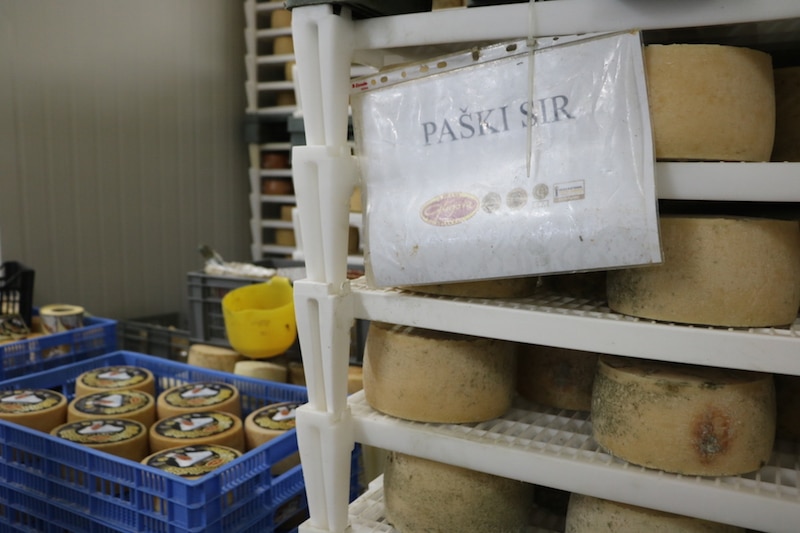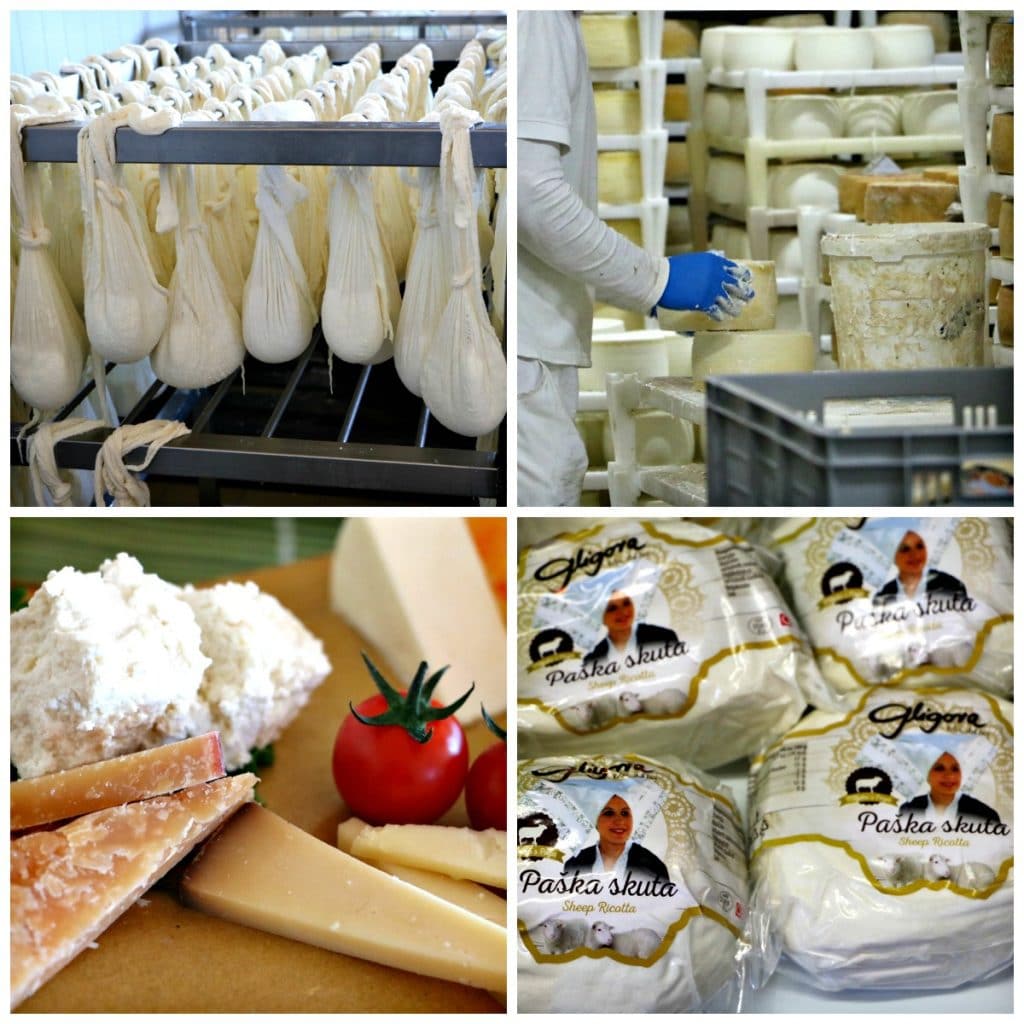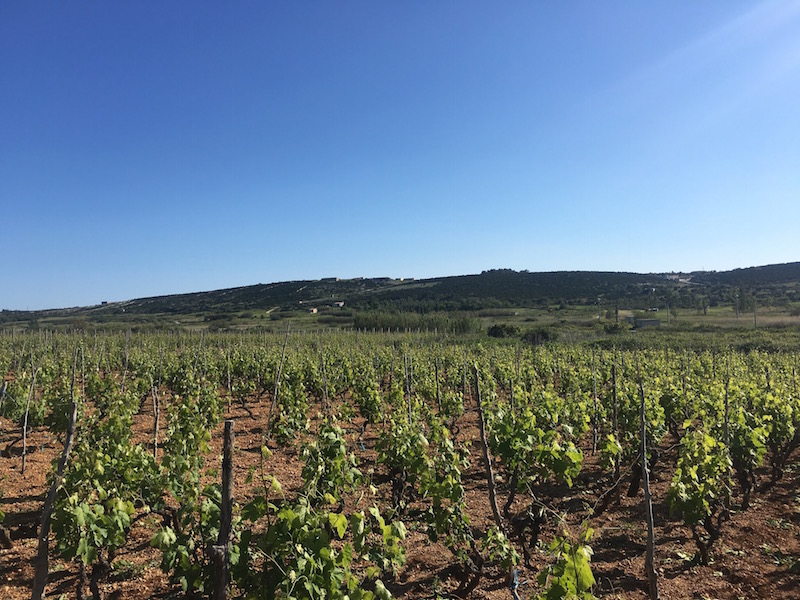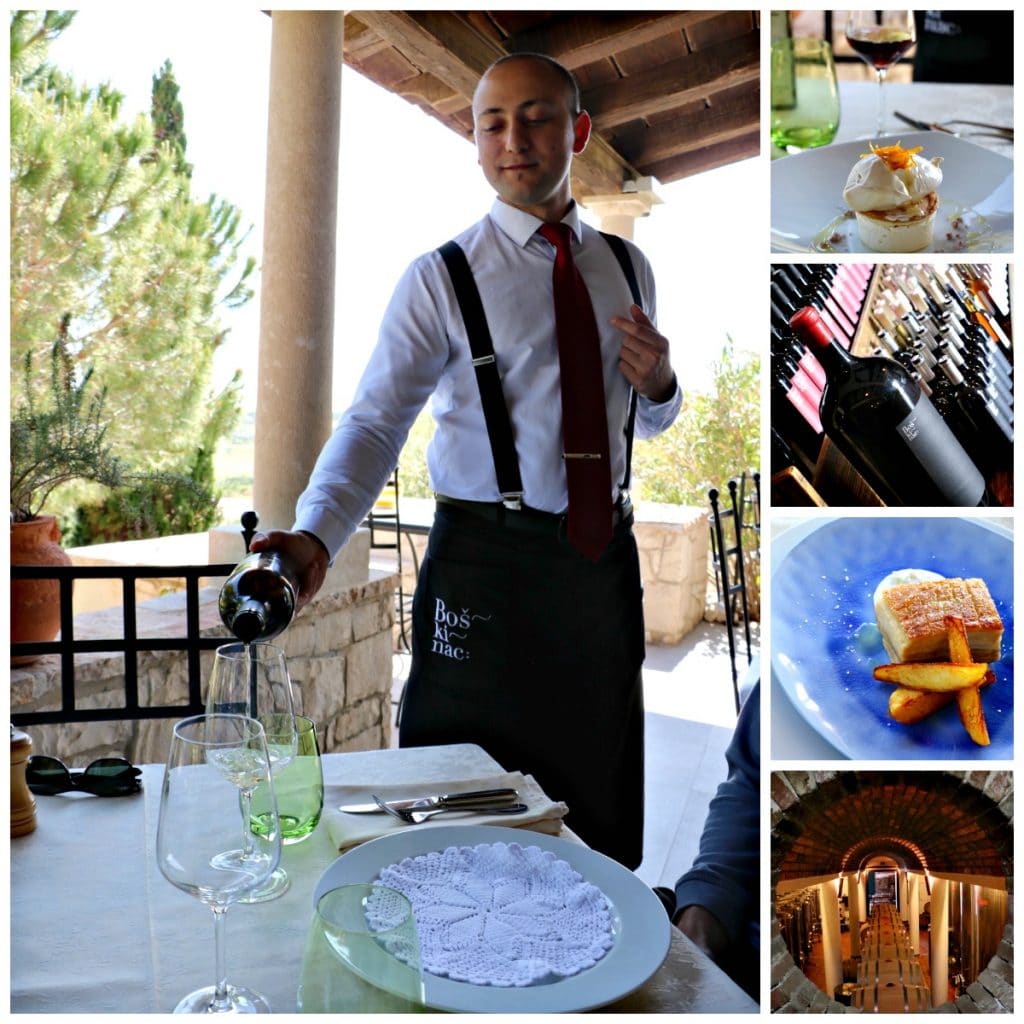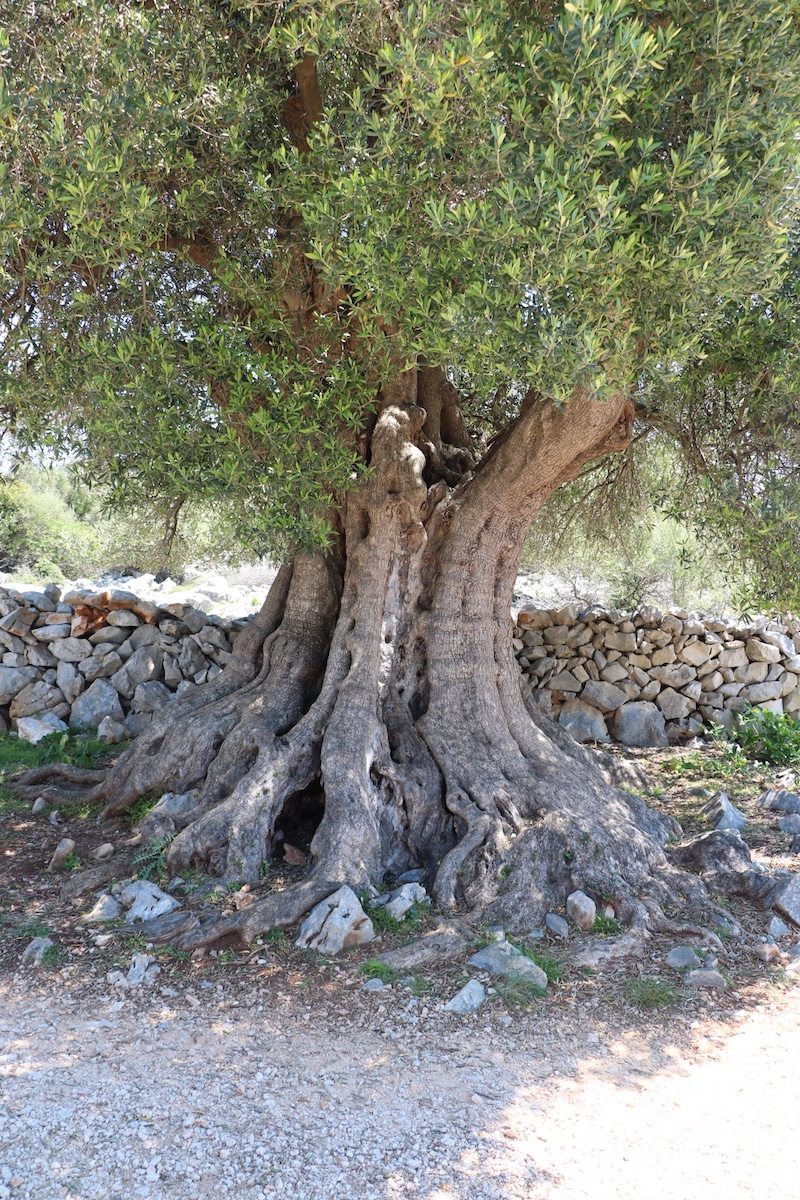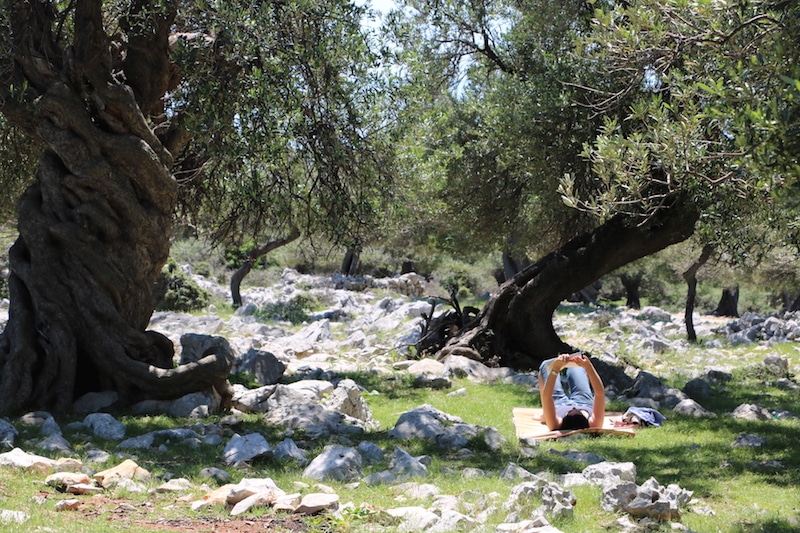By Mary Apesos
One island off of the Dalmatian Coast is keeping the traditional cuisine of Croatia alive. This island, with the otherwise unassuming name of Pag, produces some of the best cheese, wine and olive oil — what I consider to be the Heavenly Trinity of Food — and each product has their own amazing story.
Croatia knows how to eat. Over time the country has been influenced by Italian, Hungarian, Serbian, Turkish and Greek cultures, and when you travel there today you can see these influences yourself reflected in the cuisine.
And it’s not only the influences on Croatian cuisine that make it great — it’s the way it’s prepared and the landscape from which it’s produced. You won’t get the same herbal notes in each olive oil region by region in Croatia, but you will get equal quality. Croatians understand the importance of organic, local foods, as well as a patient production process upheld by tradition.
The Cheese
Pag Island is rocky, arid and purely otherworldly. The terrain is the way it is due to the Bura — a Northeasterly wind that comes from Russia and ravages the land each winter. Not much can grow there, but what does is almost magical.
There is a very small breed of sheep living on the island. They survive every winter by ducking behind ancient stone walls and grazing on indigenous rosemary, sage and lavender, the very herbs that give food on the island a very distinct flavor.
I took a tour of the Gligora Cheese Factory on Pag to see how the cheese is made. I also tried a few of their 450 varieties (hey, someone’s gotta taste test!). The cheese at this particular factory is derived from sheep’s milk from about 200 different local farmers, who work hard to preserve the island’s indigenous sheep species. The cheese-making process itself has remained generally the same since 800 BC, though with a few mechanical enhancements.
My guide, Rahela, said that they have always had the option to increase the size of the factory, but never will. Doing so would sacrifice the quality of the cheese. “Paski sir” is the main variety, aged from five to 11 months. It’s a hard mild cheese, though you’ll get an occasional bite. If you have a good sense of taste and smell you’ll really get that sage on the back palate.
On #Croatia's Pag Island, #cheese is made using ancient traditions. #Yum! Click To TweetThe Wine
Natural fragrances from the Pag Island soil are developed in the wines, too. Years of war stopped the centuries-old production of wine on the island for a while; that is, until the new millennium marked a resurgence.
The wines are typically very light, made to pair well with Adriatic fish, or full-bodied to complement the succulent lamb dishes. Many households make their own wine, which can be bought on the side of the road, at restaurants, at grocery stores or direct from the vineyard.
I visited and stayed at Hotel Boskinac, a famous restaurant, inn and winery on Pag. Owner and Pag native, Boriš Suljić, discovered an unknown variety of grape on the island a few years ago called Gegić, which was on the verge of extinction. He opened up a winery in order to restore and preserve this species.
While the winery also produces a dynamite Cabernet Sauvignon, Gegić is the star — a light and refreshing wine that permeates the nostrils with lavender and sage. Visitors can tour the wine cellar and taste the wine, or go for a bite in the upstairs restaurant. The Gegić pairs well with the slow-cooked octopus, salty pork belly and sweet Pag cheese dessert with sage ice cream.
Seriously, this is a restaurant and winery you need to see to believe, and it’s the only place in the world where you can get this variety of wine.
Have you tried #Croatia's one-of-a-kind Gegić #Wine? You must! #travel Click To TweetThe Olive Oil
Pag Island’s landscape continues to tantalize the senses, blending beauty and artisanal tastes on its Northernmost point. Here lies an expansive olive “garden,” (minus the breadsticks). The Lun Olive Gardens have some of the oldest living things in the world. In fact, the oldest tree is an ancient 1,600 years old.
The reason for visiting the gardens is two-fold. First, it’s a place for adventure. You can walk the winding trails for hours, reading a book under shady branches or just taking some photos of the 80,000 towering timbers.
Second, it’s where you’ll savor the best olive oil you’ve ever tasted. You can purchase some in the visitors center if you’d like to bring some home.
#OliveOil is just one of the many artisan #eats to savor on #Croatia's Pag Island! Click To Tweet
A Heavenly Trinity
When you taste the cheese, the wine and the olive oil on Pag Island, it all comes together.
This little, desolate island represents the best of Croatian food, and maybe even food in general.
This “Heavenly Trinity” suggests organic ingredients, age-old tradition and a little bit of modernity tastes the best, time after time.
Plus, you can still savor traditional dishes like Croatian peka, black risotto, and buzara-style shrimp. Yum!
About The Author
Mary Apesos is a New York City-based travel, events and food blogger. She stayed in the Zadar region of Croatia for a week and almost never left (because the wine was too good). Visit her blog, MaryinManhattan.com, for tips on what to do and where to eat in New York City and around the world, or follow her on Instagram.
Jessica Festa
Latest posts by Jessica Festa (see all)
- A Culturally-Immersive Adventure In Mongolia’s Altai Mountains - Jul 8, 2023
- This Recipe Sharing Platform Supports Women In The Culinary Industry (Labneh Recipe Included!) - Nov 5, 2020
- Hiking The Mohare Danda Community Eco-Trek In Nepal - Jun 3, 2020
- 6 Important Questions For Choosing A Responsible Yoga Retreat - May 18, 2020
- How To Create & Grow A Profitable Blogging Business (Ethically) - Jan 18, 2020




